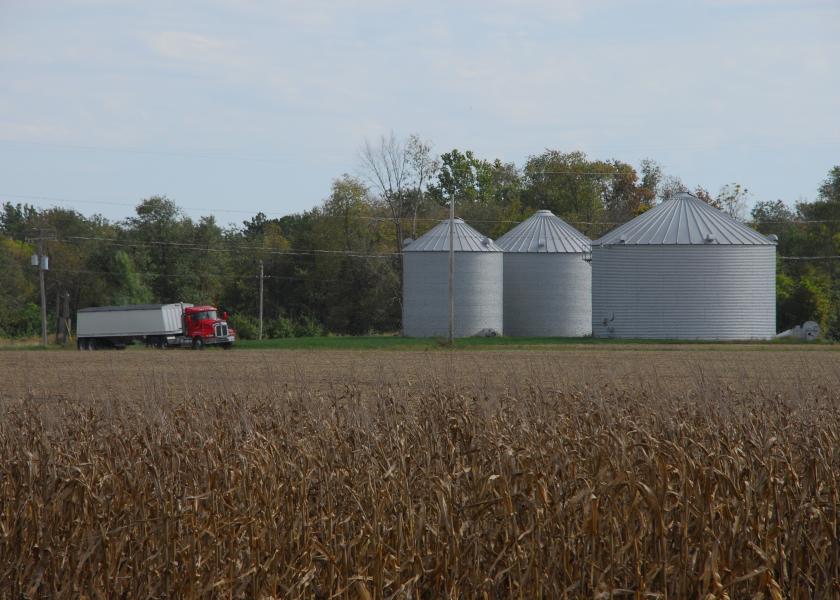John Nalivka: Appreciating the efficiency of U.S. food production

As 2019 rapidly comes to a close and the holiday season is upon us, Americans have an abundance for which to be thankful. This is particularly true with regard to food production in the U.S. And I do want to be very clear that while writing these few thoughts on our ability to produce a significant abundance of food, I don’t ignore the many, many adults and children who still don’t have access to adequate diets. But unlike many countries in the world, this is not an issue of supply.
The United States is the most efficient producer of agricultural commodities in the world. This is largely due to the structure of our production systems, both in terms of scale as well as the integration of technology. One only has to take a look at a trend line chart of any commodity to be reminded of how efficient our nation’s farmers and ranchers are with production and we are thankful for that. A notable example is beef production. We currently have about 94 million cattle in the U.S. herd producing a record 27 billion pounds of beef. In 1975 we peaked the cattle inventory at a record 132 million and those cattle produced 3½ billion pounds less beef than this year’s record production – a sharp contrast.
In 2019, U.S. pork producers will produce a record amount of pork – for the 5th straight year, and surpass U.S. beef production for the first time ever. While unlike the U.S. cattle inventory which is 42 million fewer than the record number, the U.S. hog inventory is now record high. On average, every sow in the breeding herd is producing 11 pigs per litter, a 53% increase from 1975.
Efficiency gains are across all of agriculture as shown in crop production that supports red meat and poultry production. Yields for U.S. production this year, though down as a result of the Midwest floods from the record 176.6 bushels per acre in 2017, will still average 167 bushels per acre. In 1975, yields averaged 86.4 bushels per acre. Beyond abundance is quality, food safety, and efficient distribution as we think about the entire supply chain.
The evolution of our highly efficient food production system has benefitted consumers both in the U.S. and globally. We can all be thankful.







